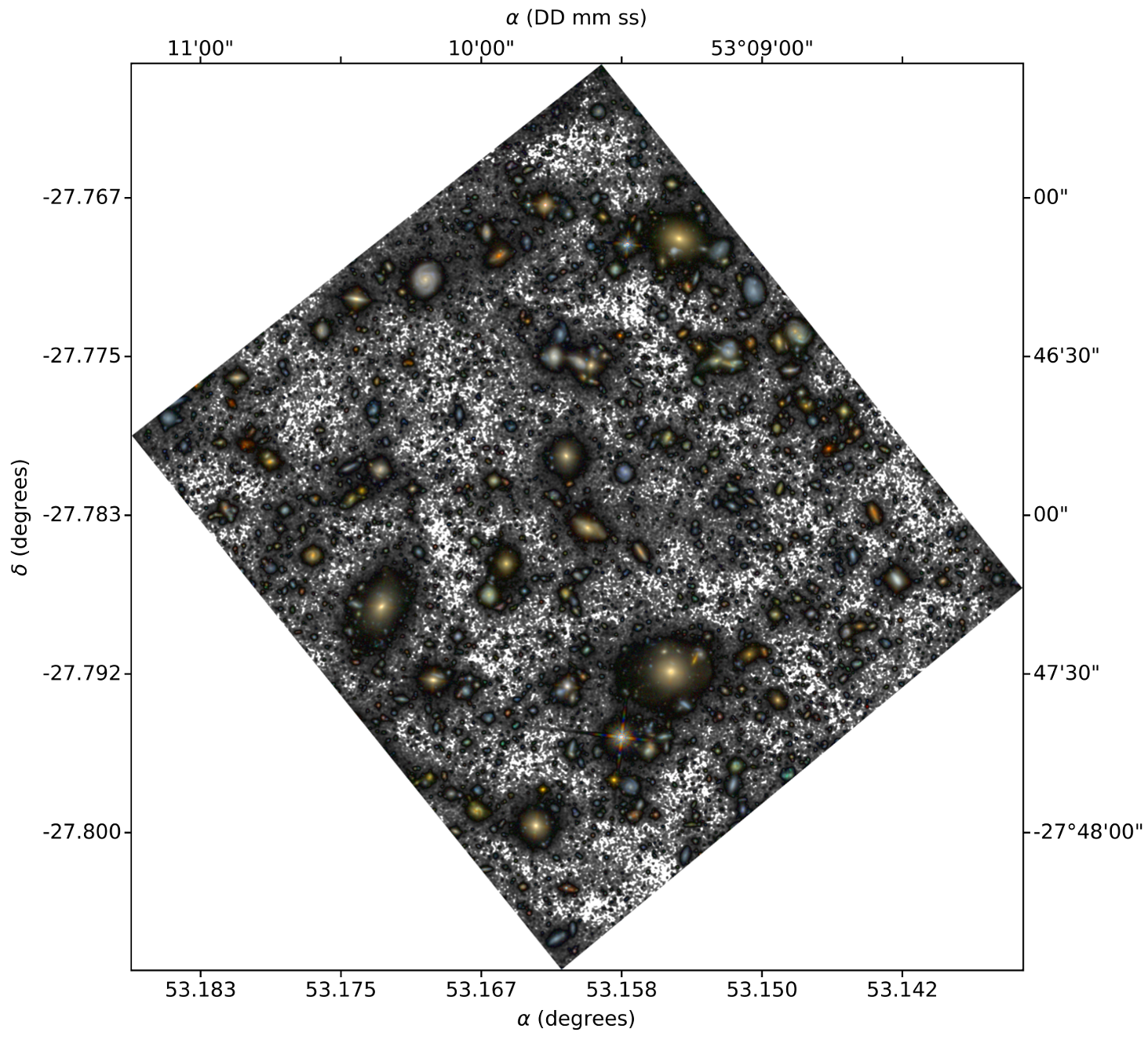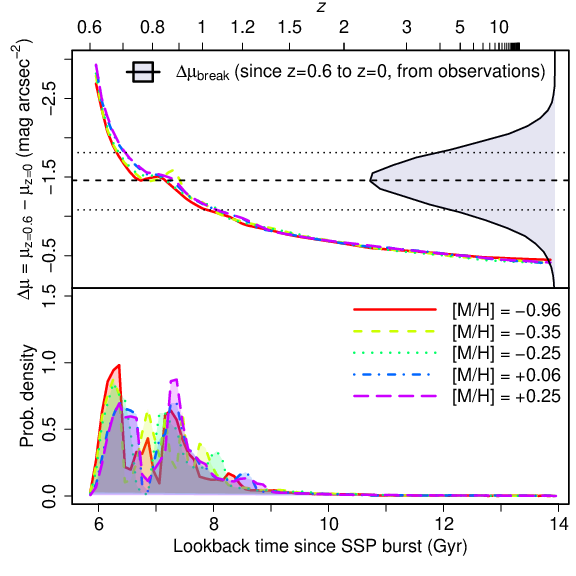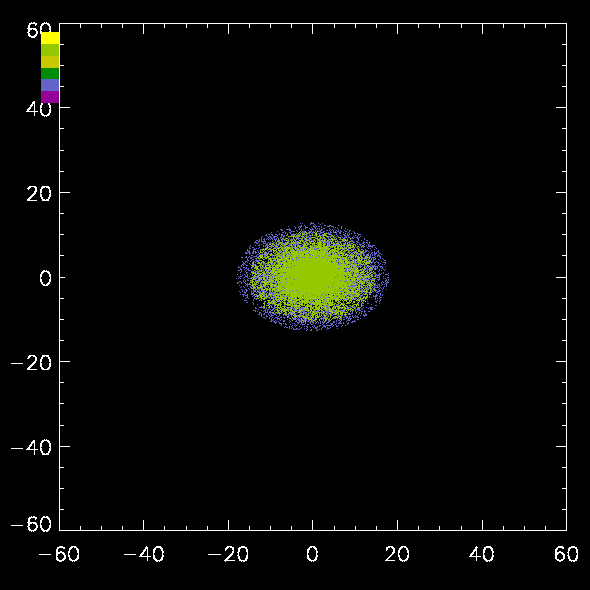Published in Astronomy & Astrophysics, 2016
As part of my PhD project, we studied the effects of the increase of the stellar disc scale-height with radius (or flaring) on the surface brightness profiles of edge-on disc galaxies (Borlaff et al. 2016). This phenomenon has been detected in the stellar discs of simulated and real galaxies, including the Milky Way. Using realistic 3D models based on observations we demonstrated that flares can create down-bending surface brightness profiles when observed at high inclinations. Contrarily, flares have no effect on the profiles of face-on galaxies, partially explaining the relatively high abundances of Type-II breaks in edge-on galaxies. We found that the morphology of the discs with flares match the observations of real breaks, which were previously associated with radial star formation thresholds Martin-Navarro et al. (2012). In addition, we demonstrate that flares can explain the weakening of the breaks with increasing vertical distance from the galactic plane found by Pohlen et al. (2007) and Martinez-Lombilla et al. (2018). Following the results from this article, we were granted with an ultra-deep observation program with OSIRIS/GTC at La Palma Observatory for three edge-on galaxies (PID: 80-GTC61/18B), to detect possible flares, warps, satellites and stellar haloes in the outskirts of the target galaxies. The observations will allow us to obtain the surface brightness and stellar mass profiles down to 31 mag arcsec^2 in the g-band and 30.5 in the r-band (3 sigma in 10x10 arcsec^2 boxes).

Recommended citation: Borlaff et al. (2016). "Type-II surface brightness profiles in edge-on galaxies produced by flares " A&A. https://www.aanda.org/articles/aa/pdf/2016/07/aa28868-16.pdf





